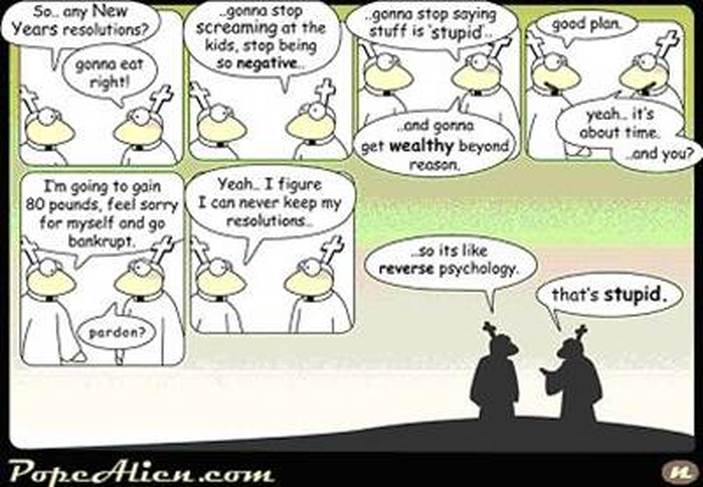I used to just make a resolution to visit somewhere that I have never been before but with the high price of school as I work of getting my MBA, traveling is out of the question this year. So, I have decided to go with a more traditional resolution this year and make a goal that I can work on throughout the year. This year, my resolutions involve getting the 501(c)(3) status for Village of Life finalized so that we can move forward with our goals of helping others. I also plan to finish my MBA by October and spend as much time outdoors with my children as I can fit in. In order to complete the first two goals, I will need to hunker down and put my nose to the grind stone. I expect the feeling I will receive when I have successfully completed both will be well worth the long hours and hard work that it will take.
Although many people have good intentions when they start working on their resolutions, did you know that less than 50% of those that make a resolution are still maintaining it after 6 months? That begs the question: How do you insure that you will follow through with your resolution and reach your goal? Although you are the only one that can insure that you stick to any goal you make, here are some simple steps to help you along the way.
1. Decide exactly what you want.
2. Write it down.
3. Multiply the expectation.
4. Set a deadline for your goal.
5. Do something every day.
Step 1, decide exactly what you want. Being precise in what you want will help you visualize it and know exactly where you are headed. It also attracts what you want to you. The first time I heard about this principle I thought it was rubbish but then I decided to test it out. Three years ago I wrote down exactly what I want in my dream man. I wrote down every attribute from character traits and values to the way he looks. I was amazed to meet someone with 98% of what I had written down this past year. So now I keep adding to the list and have separated it into two lists: 1) must have attributes and 2) would be nice to have attributes. ( I will be sure to let you know how my new lists work out for me.)
Step 2, write it down. USA Today reported on a study a few years ago. First researchers selected people who made New Year’s resolutions. Then they divided these people into two categories: 1) those who made New Year’s resolutions and wrote them down, and 2) those who made New Year’s resolutions, but neglected to write them down. Twelve months later, they followed up on the respondents in the study. What they found was astonishing! Of the people who made New Year’s resolutions but neglected to write them down, only 4% actually followed through on their resolutions. However, among the group that took a few minutes to record their New Year’s resolutions, 44% followed through on them. This difference of more than 1100% proves the simple act of crystallizing resolutions or goals on paper increases the likelihood of success.
Step 3, multiply the expectation. To multiply the expectation means to tell others what you are going to do. This creates more accountability to insure that you will follow through. If you tell people what you are going to do, they will be watching to see if you actually do it or not. It also creates a great support system because when you decide to give up, someone will step in and provide the encouragement you need to keep going. I remember when I was 17, a friend of mine wanted to go bungee jumping. I didn’t have the desire to do it but she begged me to go with her. Since I wasn’t 18, I had to have my mother’s permission. In asking my mother, she said I wouldn’t do it. I told her, “If you sign the paper, I will do it.” When I got there I got suited up… I rode all the way to the top and was ready to jump, and what should happen? I looked down and I chickened out. My friend reminded me of what I had said to my mother to encourage me. Then the crowd below multiplied the expectation by starting to count down from 10. If I did not have my friend or the crowd there cheering me on, I would not have done it. But I did do it and I loved it…. all because I had a crowd of people encouraging me to do what I had set out to do.
Step 4, set a deadline for your goal. Without a deadline, you will be tempted to put off getting started or if you do start, you will be tempted to take it slower than you should. One thing I like to do is not just set a goal but to also set intermediate goals or milestones. This helps me stay on track for big goals that take a lot of time (like my education).
Step 5, do something every day. Deadlines have a way of creeping up quietly and then pouncing you with their urgency. So here is a simple tactic to overcome procrastination. Work for 6 hours on the things that are due in the next 6 days. Then, allocate the remainder of your time to projects that are due in the next 6 months. An African proverb says, “Little by little, the cotton thread becomes a loincloth.” For me, one class at a time is getting me closer each term to finishing my Master’s degree.
Your brain has both a success mechanism and a failure mechanism. The failure mechanism is the temptation to follow the undisciplined path of least resistance, to do what is fun and easy rather than what is hard and necessary. Your failure mechanism triggers automatically throughout your life, which is the major reason why most people fail to fulfill their individual potentials. When you decide upon a goal, you override your failure mechanism and change the direction of your life. So take the step now and tell us all what your resolution is for 2012 and we will be here to encourage you to reach it.




 RSS Feed
RSS Feed
